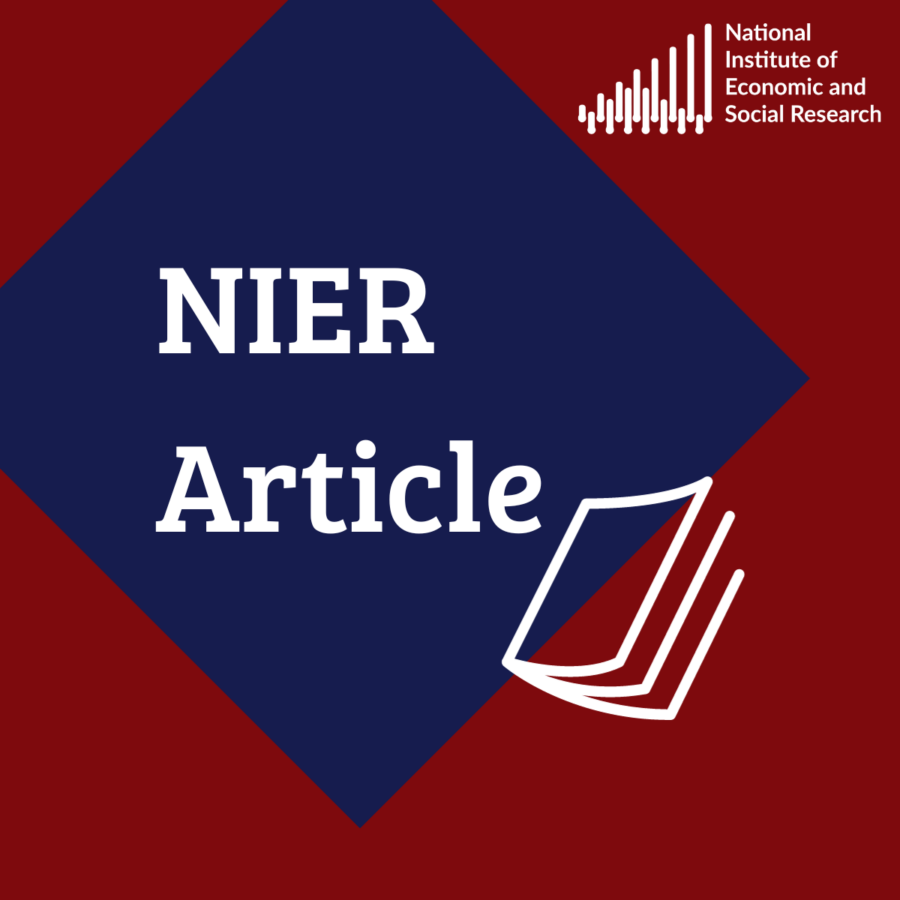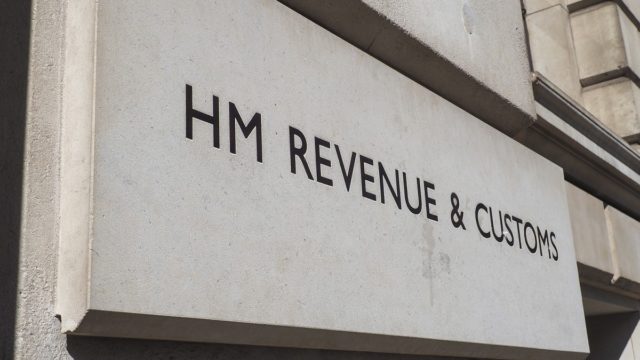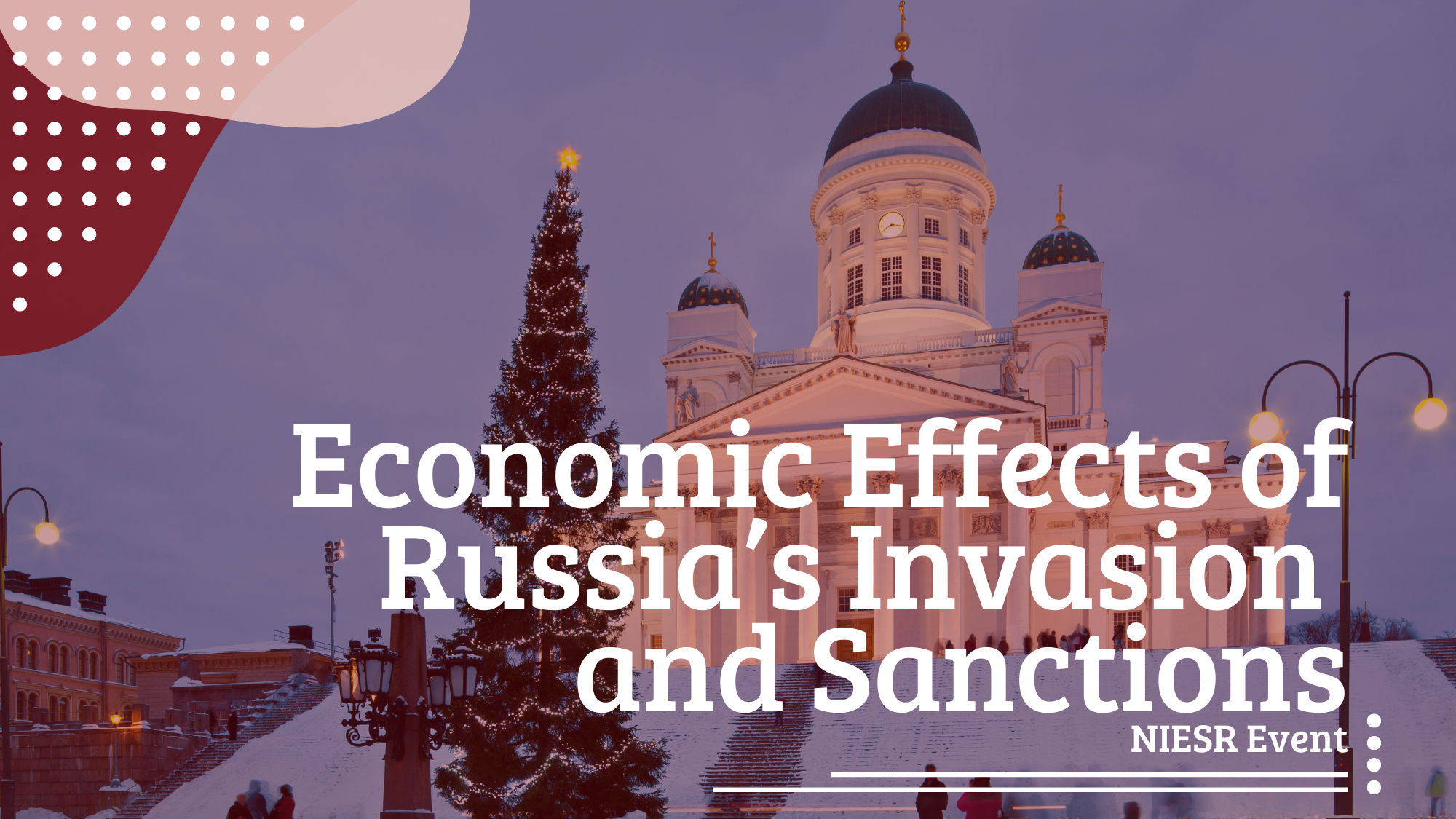European Asylum Policy
 Pub. Date
Pub. Date
 Pub. Type
Pub. Type

Asylum seekers have regularly hit the headlines in the last decade. Governments across the EU have responded with ever-tougher measures to deter them, to prevent them gaining access to the country and to deport those whose asylum claims are unsuccessful. The UK is a perfect example of this trend. Less well known is the ongoing process leading to an EU-wide asylum policy that would be beyond the control of individual governments. Is this something we should worry about, and what should the new Common European Asylum System (CEAS) look like?
Three phases of policy can be identified. Until the late 1990s each government set its own policy, although with an interest in what others were doing. The surge in asylum claims in the early 1990s and worries about asylum seekers being 'deflected' from one country to another led to a sharp toughening of policy all across the EU-15. Following the Amsterdam Treaty, policy shifted to a higher level for the first stage of the CEAS. Between 1999 and 2004 there was a process of harmonisation, which critics argued, converted the toughest policies into the EU norm. The second stage of the CEAS envisages an even deeper integration of policy to be completed by 2010.
Although public opinion is generally negative towards asylum seekers, this is because their status is often illegal and the press paints them as 'economic migrants'. Yet most people want to see genuine refugees given safe haven, either in their own country or abroad. The basic policy dilemma of the 1990s was that while the economic and social costs of accepting refugees fell on individual countries, the humanitarian benefits were spread more widely. By acting individually, governments produce policies that, collectively, are too tough. The question is whether (and how) the CEAS can remedy this endemic policy failure.
Two problems confront the second stage of the CEAS. One is that 'optimal' policy is not the same for each country. A fully harmonised policy might be too tough for some and too liberal for others. The other is to find a way of overcoming the divergence between the interests of individual governments and welfare of the EU as a whole. The paper argues that a successfully integrated policy must include two components. One is per-refugee subsidies to individual countries from a common EU pool. This would bring the costs and the true benefits of accepting refugees closer together and would generate the 'right' number of refugees for the EU as a whole. The second is to directly control the allocation of refugees across countries in order to achieve a 'fair' distribution.





















